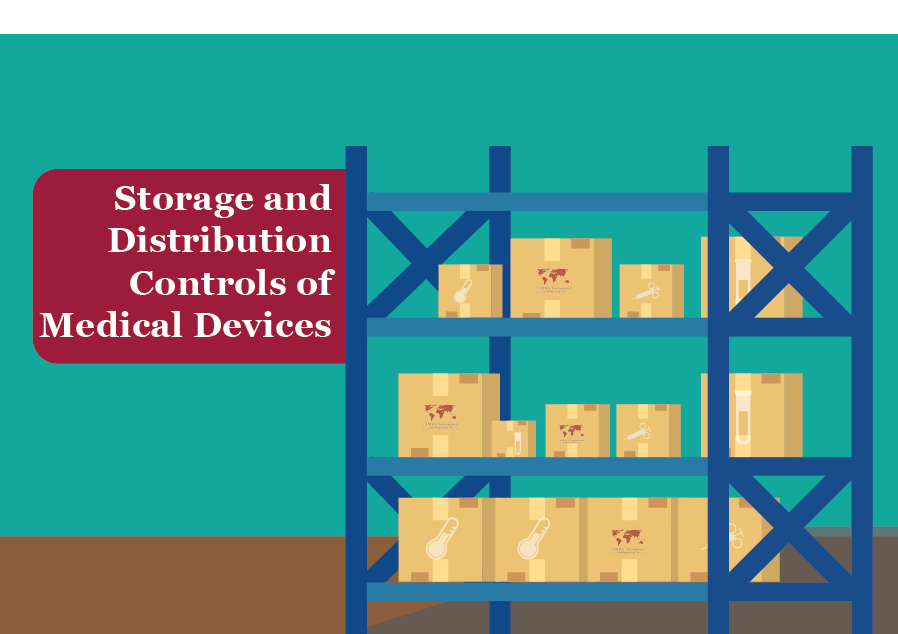Are you working with a product whose fitness for use or quality deteriorates over time? Does your Quality Management System support identification and controls of products storage and distribution requirements between following manufacturing and until placed in-service?
The Quality Management System can be used to establish procedures that describe the product, storage practices to prevent mix-ups and to assure that only product meeting its quality requirements is used or distributed. Examples of industry practices are:
- Identification practices, such as assigning part or lot numbers or indicating “quarantine,” “accept,” or “reject” product status, are frequently used to differentiate discrete runs of production or batches of raw materials or components. Spatial segregation or use of designated storage bins or locations are also common methods of preventing mix-ups and damage.1
- Manufacturers frequently restrict access to storage areas to authorized personnel and define specific practice for moving stock into and out of assigned areas. These practices generally address requisition of parts, usage records, return of unused stock and required authorizations to minimize the possibility of unauthorized product being used or distributed. Although consumables may not be assigned part numbers, they may be maintained at an established stock level for general use during production.1
- For products that have a limited shelf life or that are labeled with a specific expiration date, First in First Out stock rotation systems or periodic inventory checks are typically used. Also, when controlled storage environments are necessary to prevent deterioration of the product, manufacturers usually specify control, and monitor any such requirements and include them in the Device Master Record. These practices allow manufacturers to identify and use inventory before it is rendered unfit for use or to discard any inventory that is unfit for use before it can adversely affect production and the quality attributes of the finished medical device. 1
- Many manufacturers take advantage of physical inventory audits that are performed primarily for financial reasons to also perform visual inspection of storage areas. This activity may reveal nonconforming or suspect product when storage or handling procedures are insufficient or have not been followed.1
- At some point before a shipment is prepared for distribution, manufacturers review the corresponding Device History Record or production records to ensure that the finished device meets its quality attributes and that the records themselves are in order. Some manufacturers choose to conduct this review immediately after production so that the finished device can be moved to an “accept” finished goods storage area and pulled as needed to fill customer orders. Other manufacturers conduct this review as a “tollgate” or “final check” action, prerequisite to finished devices being pulled from inventory for distribution.1
Regardless of which method is preferred, manufacturers generally use some method of verifying the acceptability of a finished device prior to distribution. An additional goal of this verification step is to ensure that when deterioration is known to occur, expired devices or otherwise deteriorated devices are withheld from distribution.1
Need assistance building your Quality Management System to support products requiring controls on storage and distribution? Give us a call at 248-987-4497 or email us at info@emmainternational.com.
1The Quality System Compendium, GMP Requirements & Industry Practice, 2nd Edition, 2007. Chapter 17, Pages 152 & 153.





